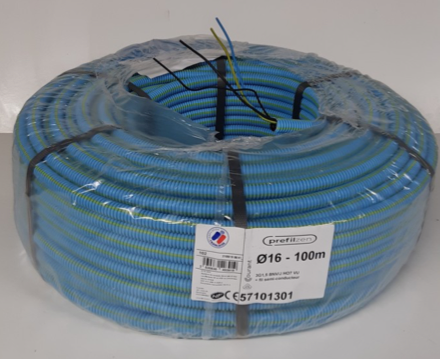> Measurements of electromagnetic radiation during PCL communications from Linky-type meters (from 35 Khz to 90 Khz) around non-shielded electrical sheathing (1 neutral wire and one phase wire inside)
> Measurements of electromagnetic radiation during PCL communications from Linky-type meters (from 35 Khz to 90 Khz) around shielded Flex-a-ray/Prefilzen electrical sheathing (1 neutral wire and 1 phase wire inside)
> Demonstrate the amount of attenuation of electromagnetic radiation emissions achieved during PCL communications from Linky-type meters (from 35 Khz to 90 Khz) when using Flex-a-ray/Prefilzen shielded sheathing
> Calculate the attenuation coefficiency of electromagnetic radiation during PCL communications from Linky-type meters (from 35 Khz to 90 Khz) obtained thanks to the use of Flex-a-Ray/Prefilzen sheathing.


